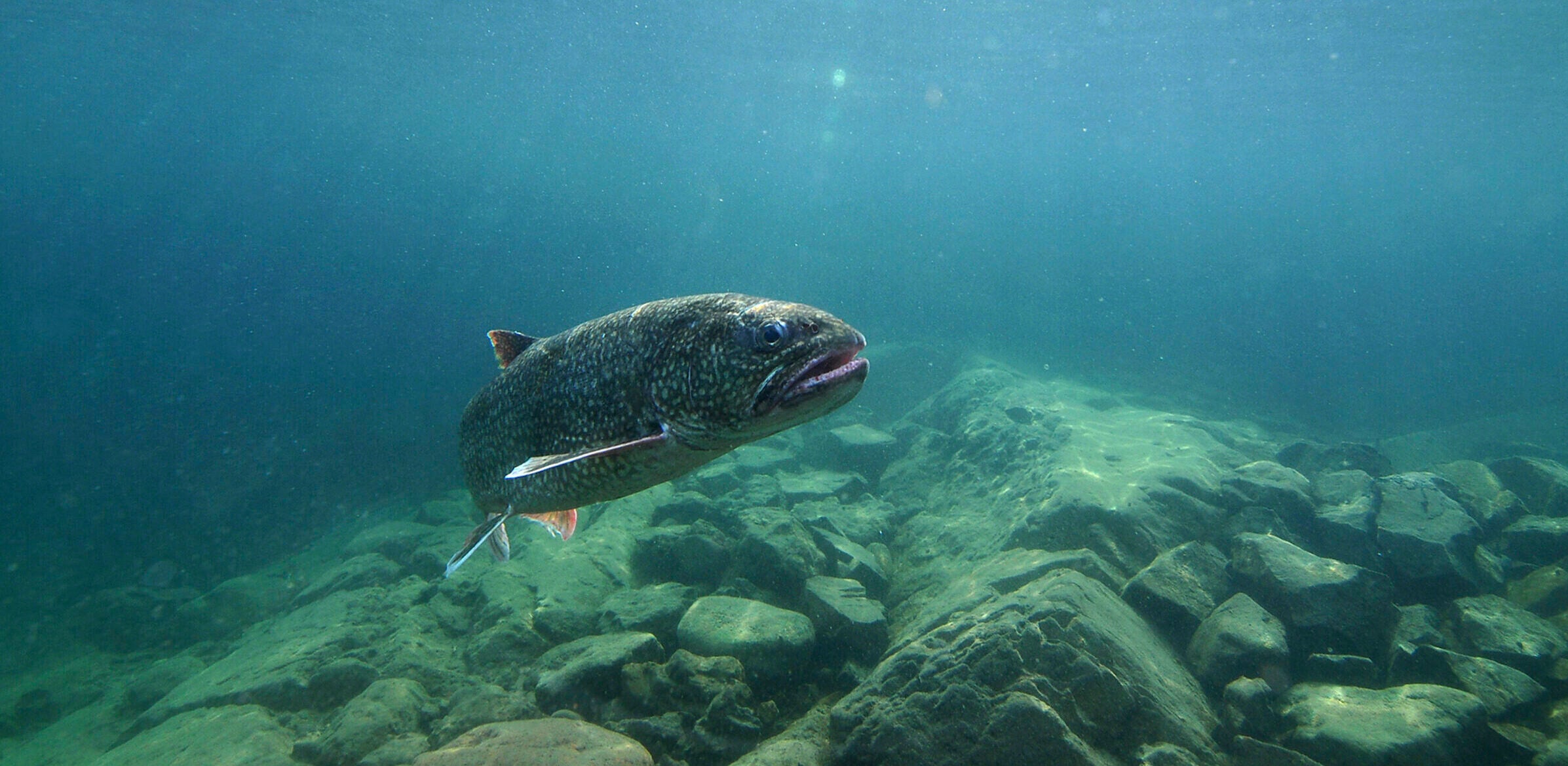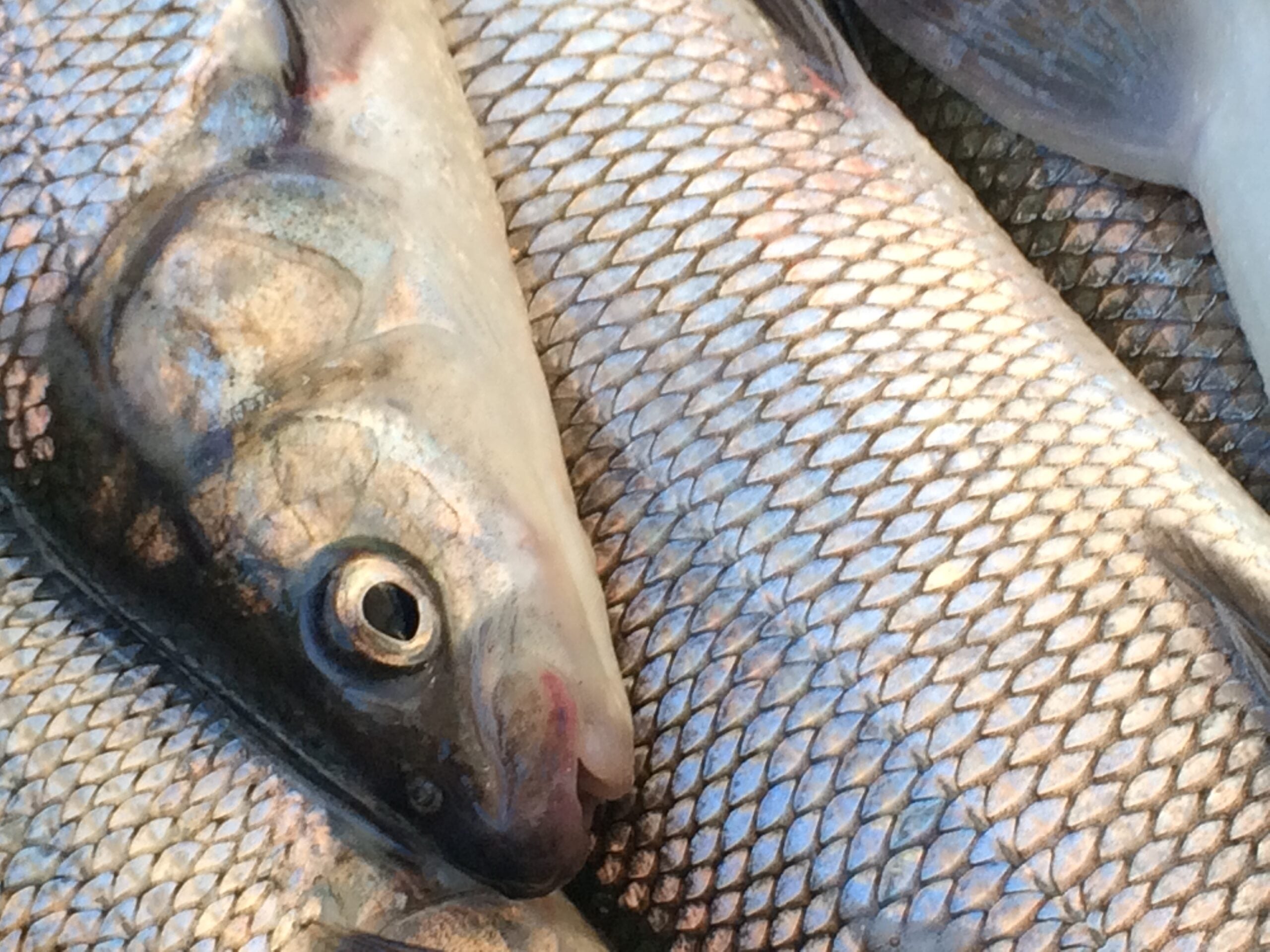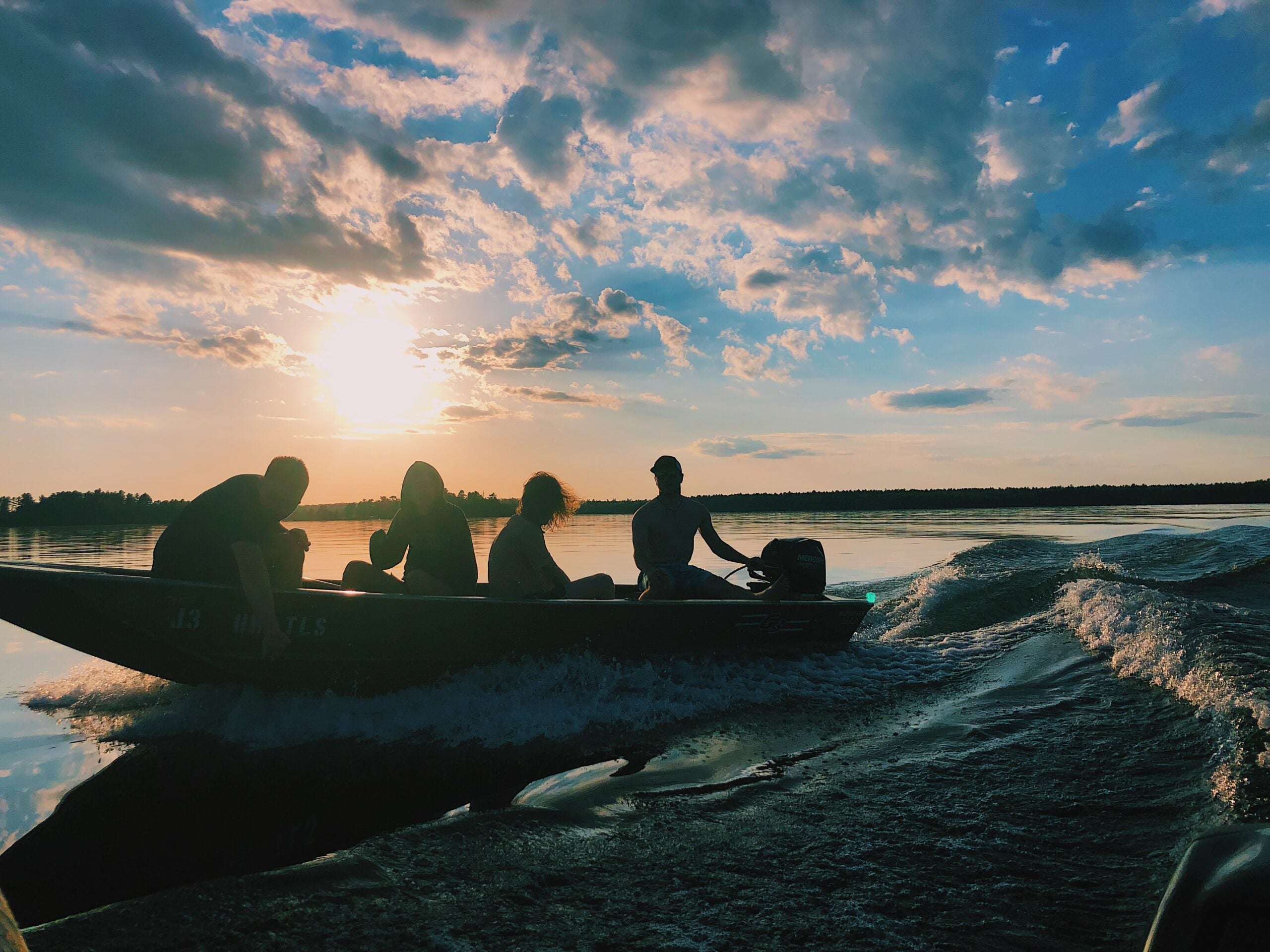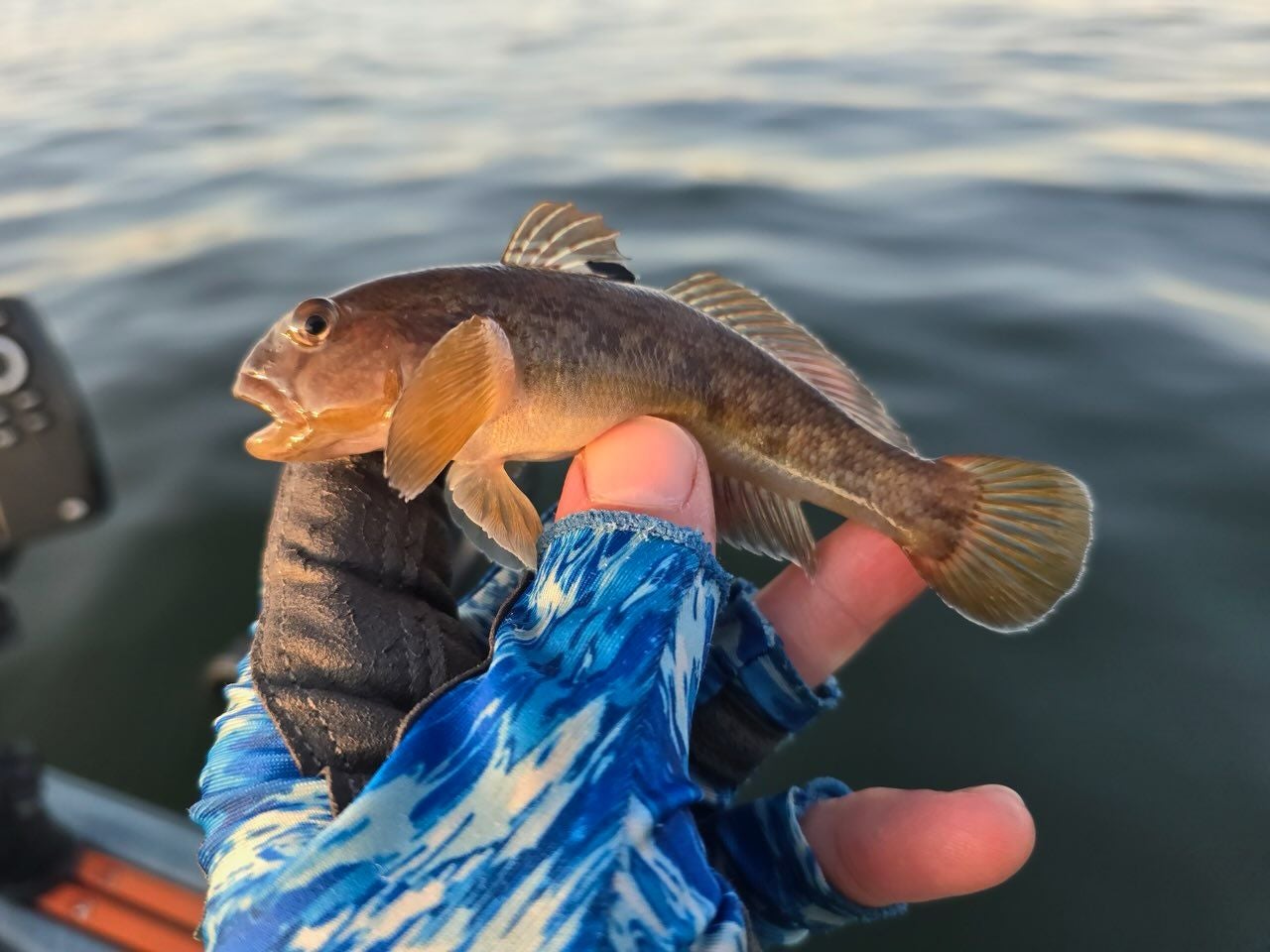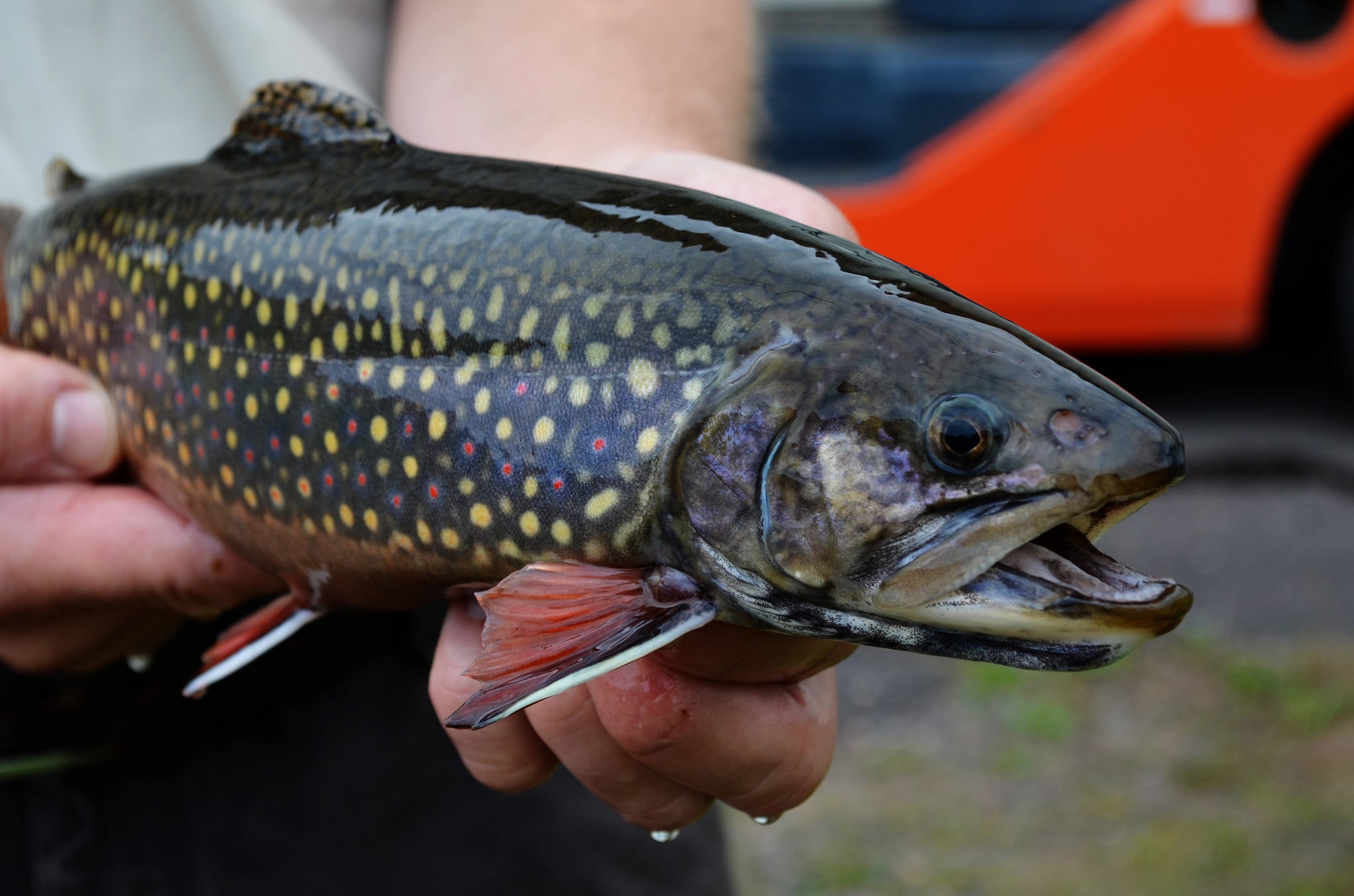The Wisconsin Department of Natural Resources is considering a change for commercial and recreational lake trout and cisco fishing in Lake Superior. The new rule would allow the DNR to update harvest quotas more quickly in response to changes in Lake Superior’s fish populations.
Currently, the DNR’s process for setting new fishing limits can take years. It requires the department to go through the lengthy permanent rulemaking process every time it wants to change the quota for lake trout and cisco in Lake Superior.
Under the proposed change, the DNR would be able to regularly establish new quotas using specific quantitative data and present recommendations to the Natural Resources Board for approval.
News with a little more humanity
WPR’s “Wisconsin Today” newsletter keeps you connected to the state you love without feeling overwhelmed. No paywall. No agenda. No corporate filter.
The new rule is similar to the process used to decide harvest quotas for bear, elk and lake whitefish in Lake Michigan.
Changes to the limits on lake trout fishing also impact the number of whitefish commercial fishers can catch, since the two species are caught using the same nets.
Sharon Moen is the Food-Fish Outreach Coordinator at Wisconsin Sea Grant. She told WPR’s “Wisconsin Today” that both tribal and state-licensed fisheries are as invested in maintaining the fish populations as the DNR is.
“They have children they want to pass their businesses to, and they’re part of … a long line of commercial fishing families. So they really respect the resource,” Moen said. “They respect the DNR and their ability to manage the fish so they can have these amazing products to sell.”
Around the 1950s, lake trout populations in Lake Superior plummeted due to overfishing and the introduction of an invasive predator species, the sea lamprey. Over the next 50 years, lake trout stocking programs, sea lamprey control and stricter harvest regulations implemented by the DNR allowed the population to recover. Between 2010 and 2022, the wild lake trout population increased by about 20 percent.
A record number of cisco hatched in Lake Superior in 2022. As of 2024, Monterey Bay Aquarium Seafood Watch ranked Wisconsin fisheries on Lake Superior as “Best Choice” for lake trout, whitefish and cisco.
One of the benefits of the DNR’s rule change is that it will allow both recreational and commercial fishers to take advantage of recently improved lake trout and cisco numbers, according to Moen.
“We have these great restoration stories to tell, and our citizens can benefit from this,” Moen said.
Brad Ray, Lake Superior Fisheries Supervisor for the Wisconsin DNR, told “Wisconsin Today” that the rule change would allow the department to better respond to increasingly unpredictable environmental conditions.
“As climate change becomes an issue, we are going to have to be nimble and be able to adapt to how that affects these cold water fish species,” Ray said.
The DNR is holding a public hearing on the permanent rule on Tuesday. The change could be implemented as soon as spring of 2025.
Wisconsin Public Radio, © Copyright 2025, Board of Regents of the University of Wisconsin System and Wisconsin Educational Communications Board.

